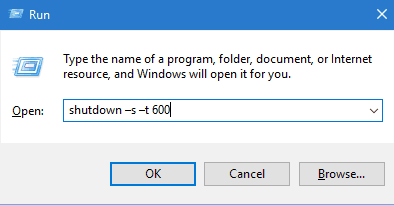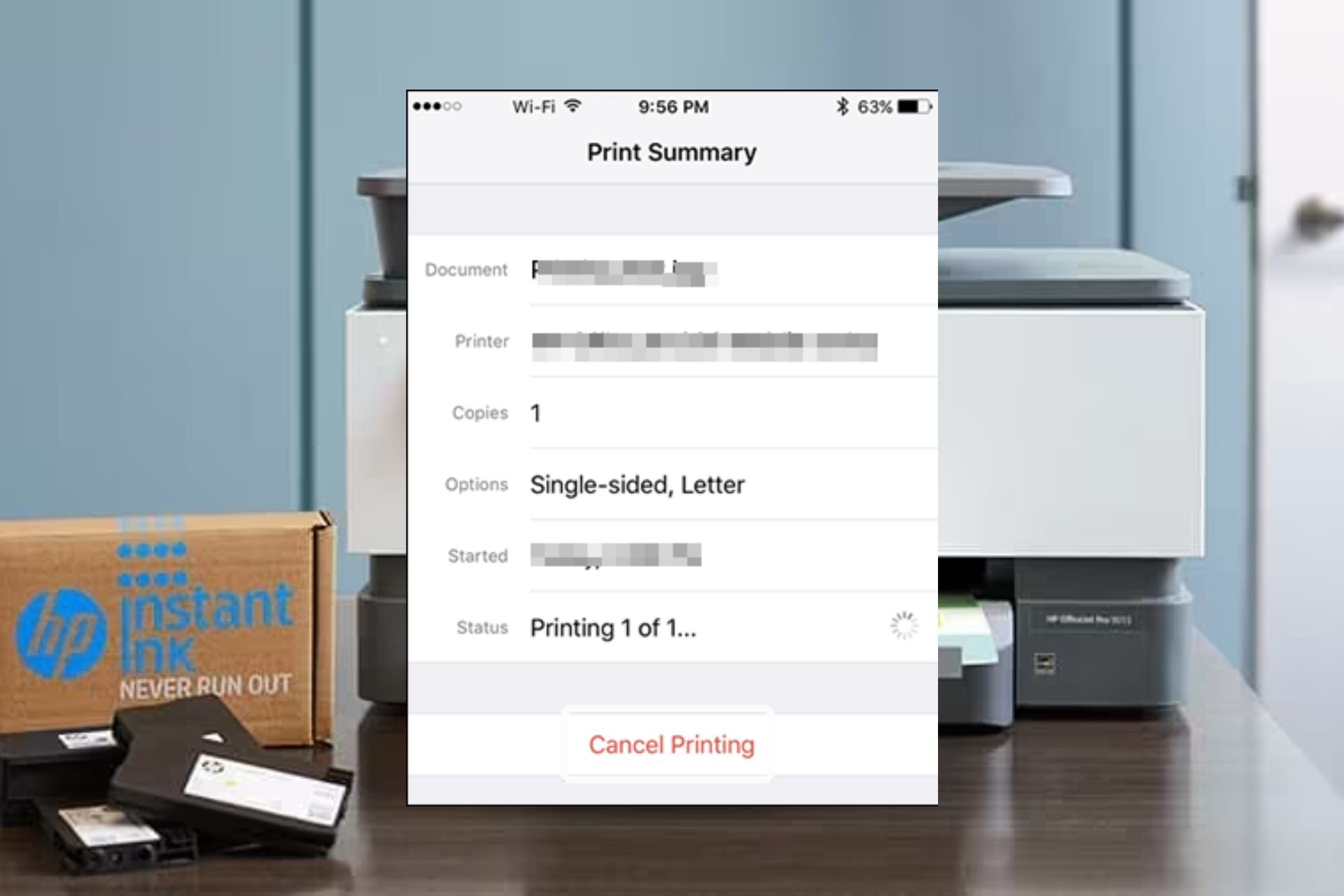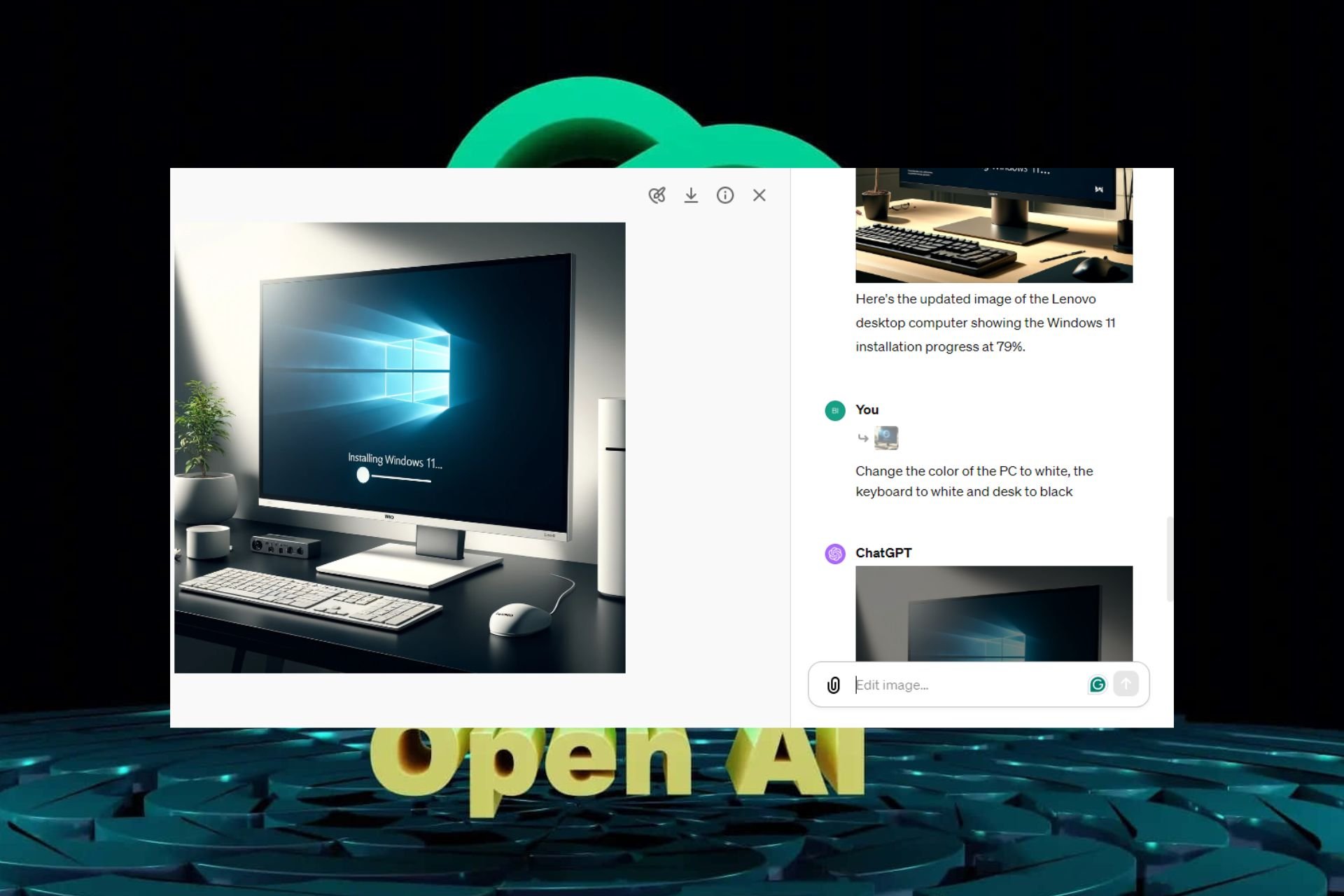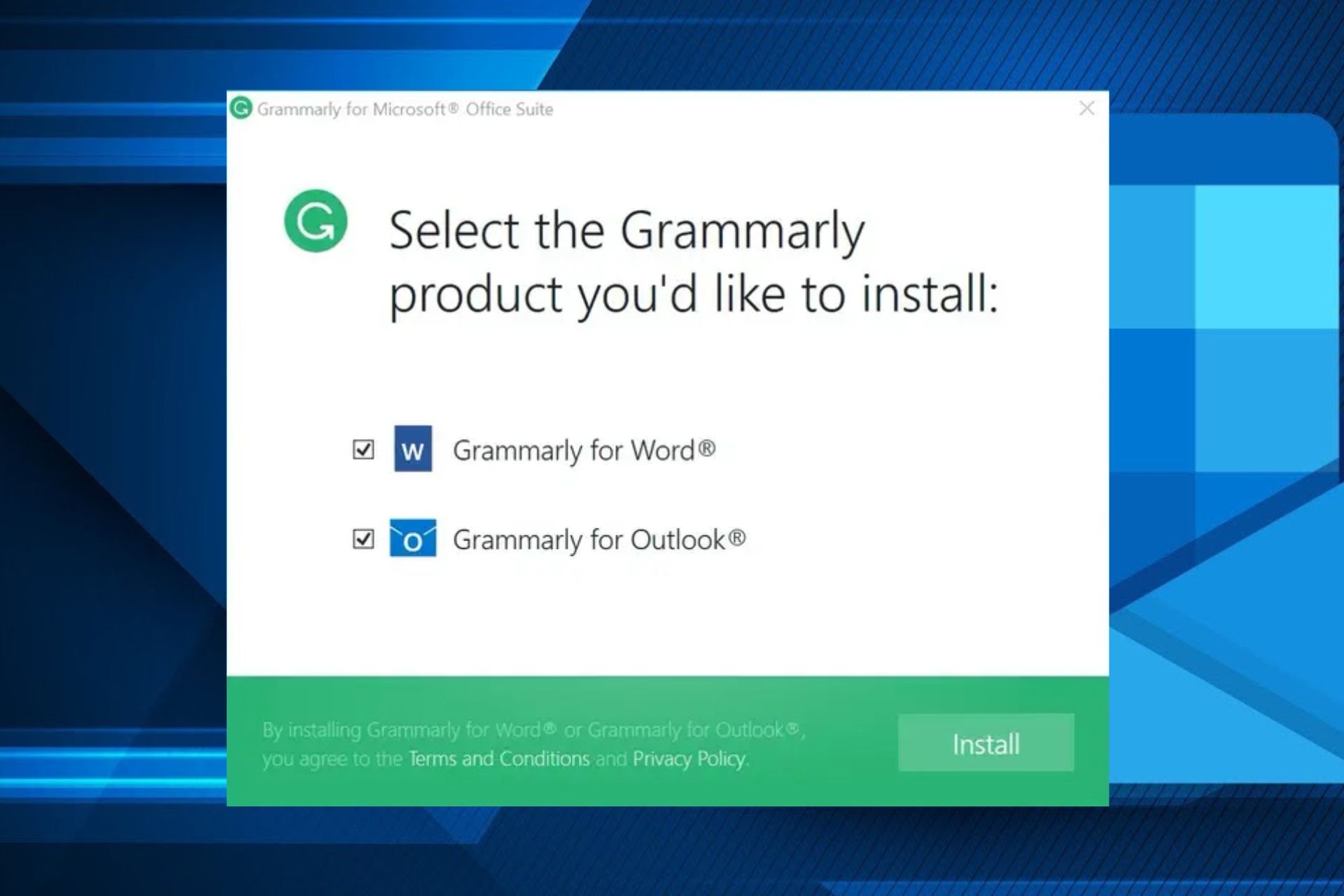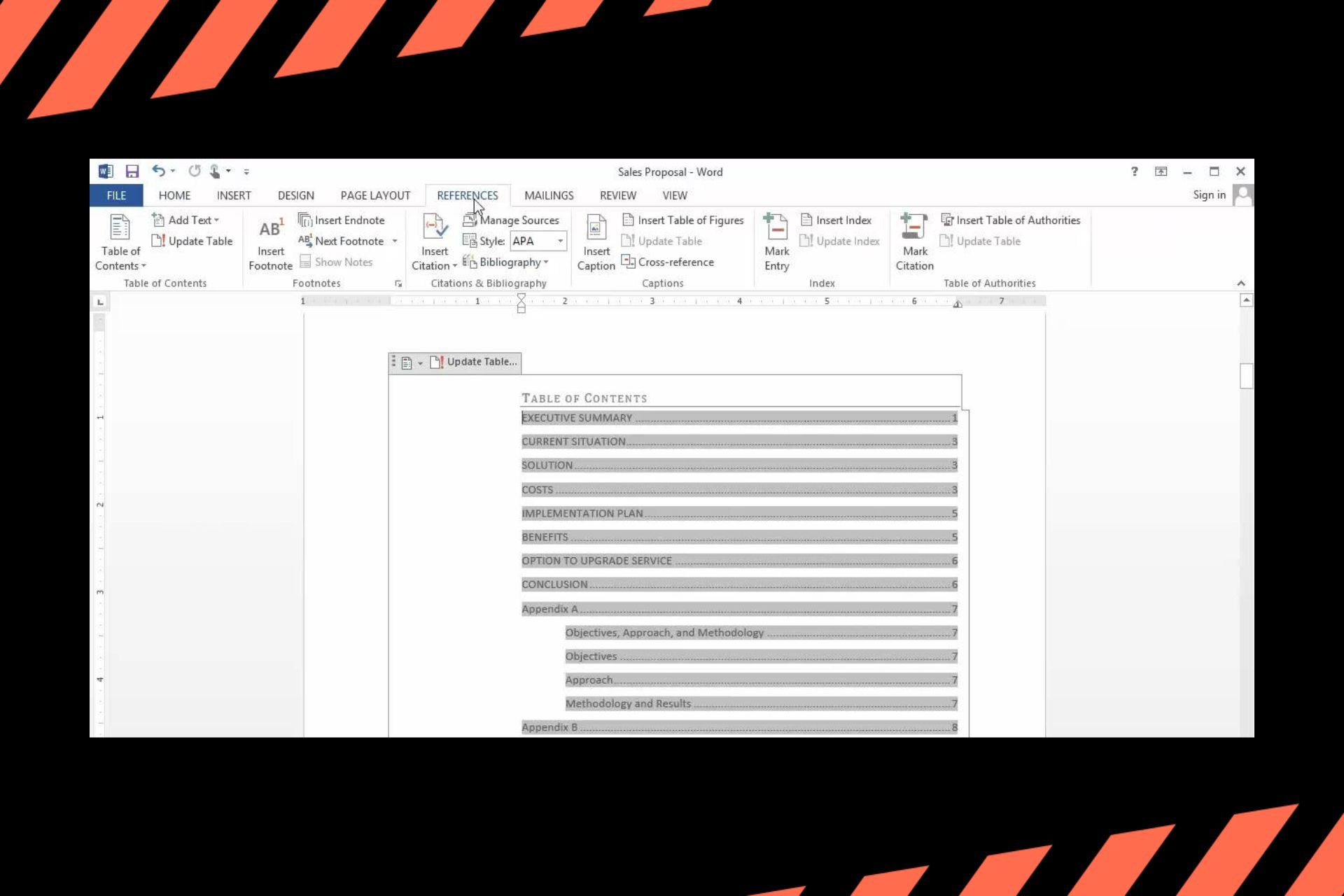How to Schedule Automatic Shutdown in Windows 10
Task Scheduler allows you to configure all the details for the shutdown
2 min. read
Updated on
Read our disclosure page to find out how can you help Windows Report sustain the editorial team Read more
Key notes
- Programming your device to shut down automatically can be done in a couple of steps.
- In this article, we're showing you how to do this on a Windows 10 device, using certain commands or apps.
- You can use built-in tools such as Command Prompt, Powershell, Run, or Task Scheduler.
- Third-party alternatives can also come in handy when it comes to scheduling an automatic shutdown.

Sometimes you might want to schedule certain tasks, especially if you don’t have enough time to do them manually.
If you want to learn more about scheduling on Windows 10, today we’re going to show you how to schedule shutdown on Windows 10.
If you can’t shut down your computer manually for some reason, you might want to schedule a shutdown. This is extremely useful if you leave your computer to do something during the night, or if you have to leave your computer for a few hours while you do some errands.
So, let’s see how to schedule a shutdown in Windows 10.
How can I schedule a shutdown in Windows 10?
1. Use a command in the Run dialog, Command Prompt or PowerShell
To start the Run dialog just press Windows key + R. If you want to run Command Prompt or PowerShell, you can search it in the search bar.
Now, all that you have to do is type the following command into the Run dialog, Command Prompt, or PowerShell and press Enter:
shutdown –s –t 600
We have to mention that 600 represents the number of seconds, so in this example, your computer will turn off automatically after 10 minutes. You can experiment with different values and set the one you want.
If you’re having trouble accessing Command Prompt as an admin, then you better take a closer look at our dedicated guide.
There’s a similar article about Powershell problems and how to fix them.
2. Use dedicated software to help with the shutdown
Windows Shutdown Assistant is software that allows you to shut down your PC at the set time automatically. You can also set it to shut down in other situations such as system idle, excessive CPU usage, or low battery.
It can also support computer log-off, restart, and lock-up, all automatically. Thus, we recommend you download the free version of the program before deciding whether it’s worth your money or not.

Windows Shutdown Assistant
Set the time when your computer sleeps and shuts down with this amazing tool.3. Use Task Scheduler
1. Press the Start button on your taskbar or the Windows key on your keyboard to open the search box.
2. Type schedule in the search box.
3. Click on the Task Scheduler result to open the app.
4. When Task Scheduler opens, click on Create Basic Task.

5. Enter the name for your task, for example, Shutdown.
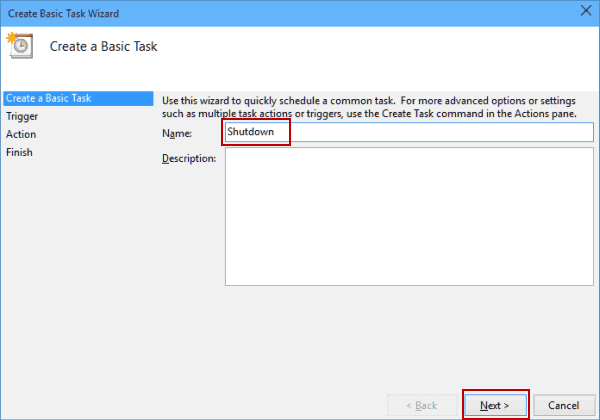
6. Now choose When do you want the task to start. In our case, we’ll choose One time.
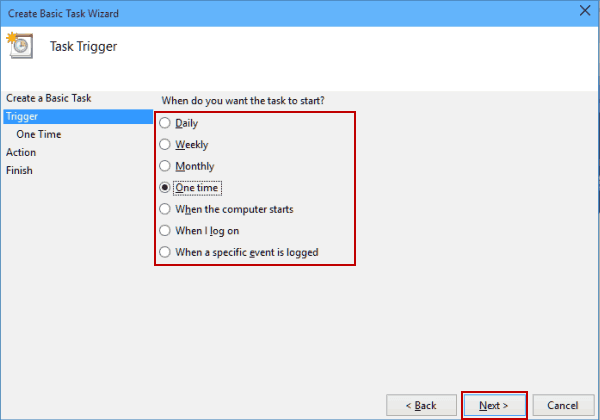
7. Now enter the time and date when the task will be executed.
8. Next, choose Start a program.
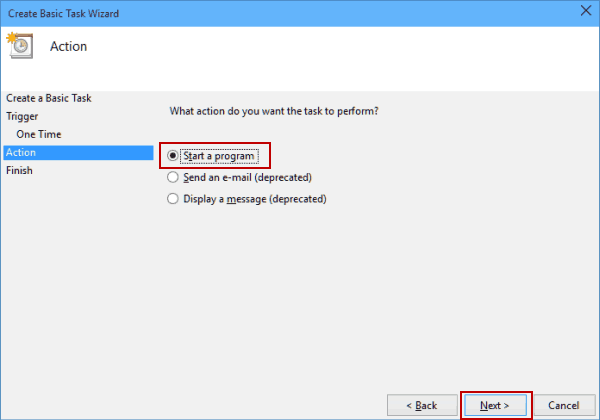
9. Click the Browse button, go to C:WindowsSystem32 and select a file called shutdown.

10. Afterwards, click Open.
11. Now just in the Add arguments field add -s.
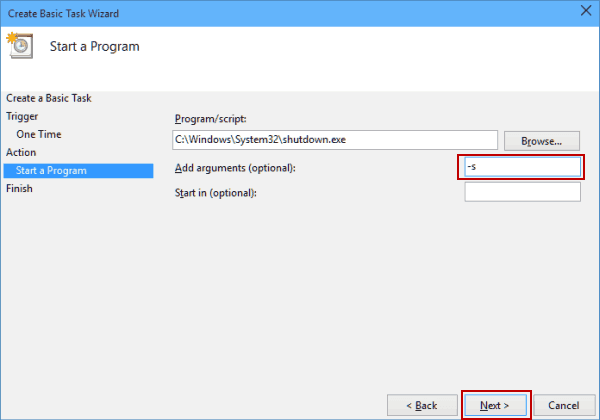
12. Click Next.
13. Now you should see the task information. You can check it one last time, to see if all the settings are right.
14. Click Finish to schedule the automatic shutdown.
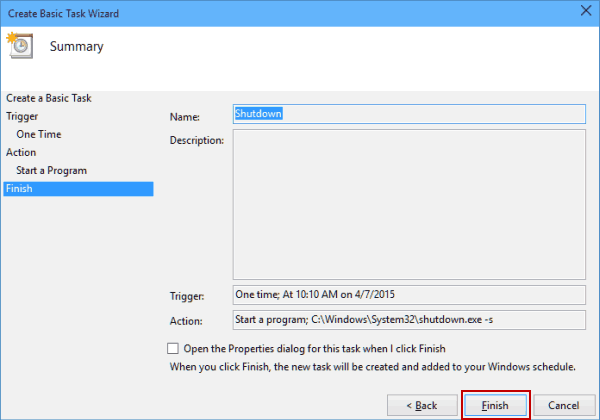
You can use the built-in app called Task Scheduler to schedule a shutdown in Windows 10. By configuring time and date settings, you can program the app to automatically shutdown the PC whenever you want.
That’s it, you now know how to schedule a shutdown in Windows 10. If you have any questions, just reach for the comments below.

